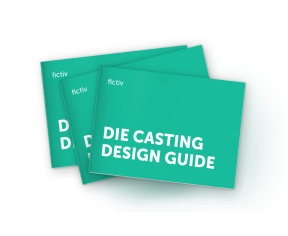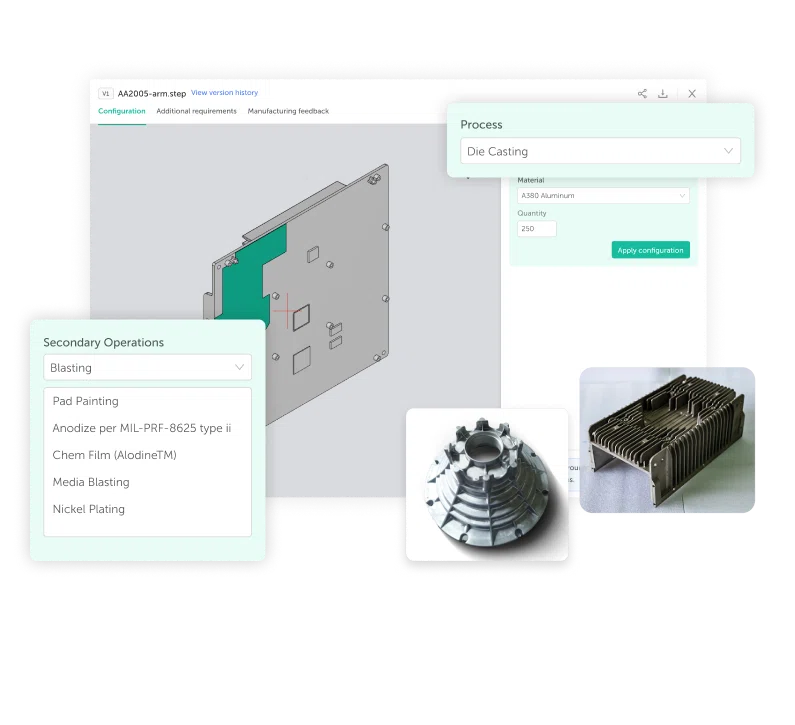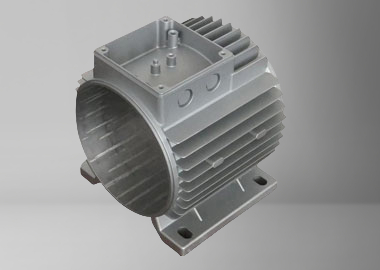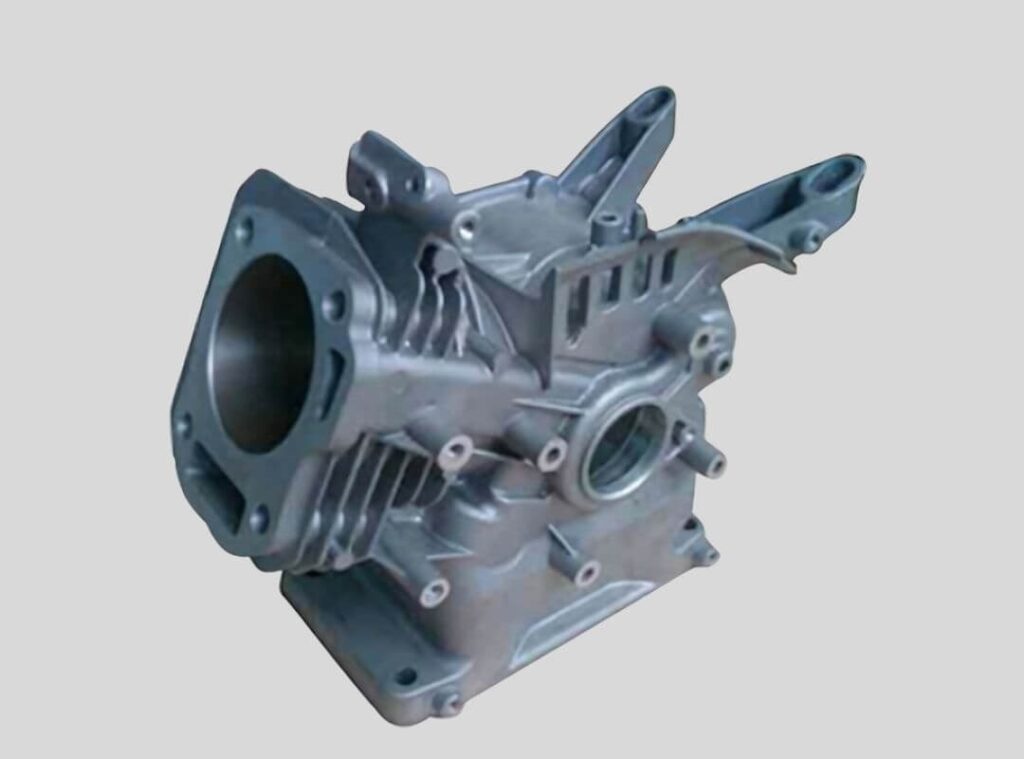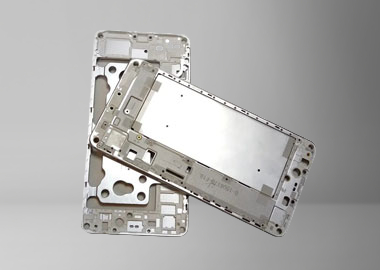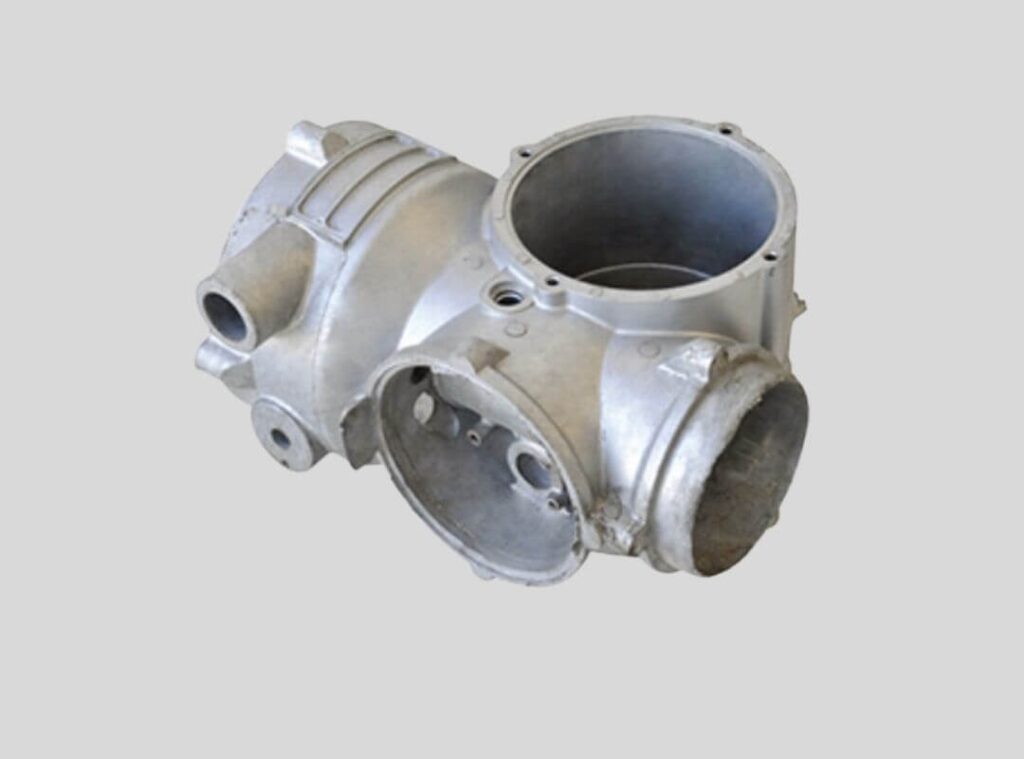Multi-Slide Die Casting Manufacturer
Complex Geometries – Create intricate parts with undercuts, holes, and thin walls
High Precision – Achieve ±0.02 mm accuracy for reliable assemblies.
Less Machining – Integrated tooling reduces secondary operations.
Fast & Efficient – Automated slides enable rapid cycle times
- Material Versatility – Ideal for zinc and magnesium alloys with smooth finishes
±0.01mm
Tolearance
20+
Years Experience
20 Day
Die Casting Samples Delivered
Certifications
ISO 9001 & IATF 16949
China Multi-Slide Die Casting Manufacturer and Supplier
IEC MOULD is a trusted Multi-Slide Die Casting manufacturer and supplier, specializing in the precision production of complex zinc and magnesium components. With decades of experience in mold design, toolmaking, die casting production, CNC machining, and surface finishing, we deliver high-quality parts with tight tolerances and superior repeatability.
Our in-house tooling workshop and multi-slide die casting machines allow us to produce intricate geometries, thin walls, and fine details that are difficult to achieve with conventional die casting methods. From prototype development to mass production, we offer complete one-stop solutions that reduce lead times and optimize overall production efficiency.
Whether you need micro components, high-volume production, or highly detailed zinc parts, IEC MOULD is your reliable partner for innovative, efficient, and high-precision multi-slide die casting solutions.
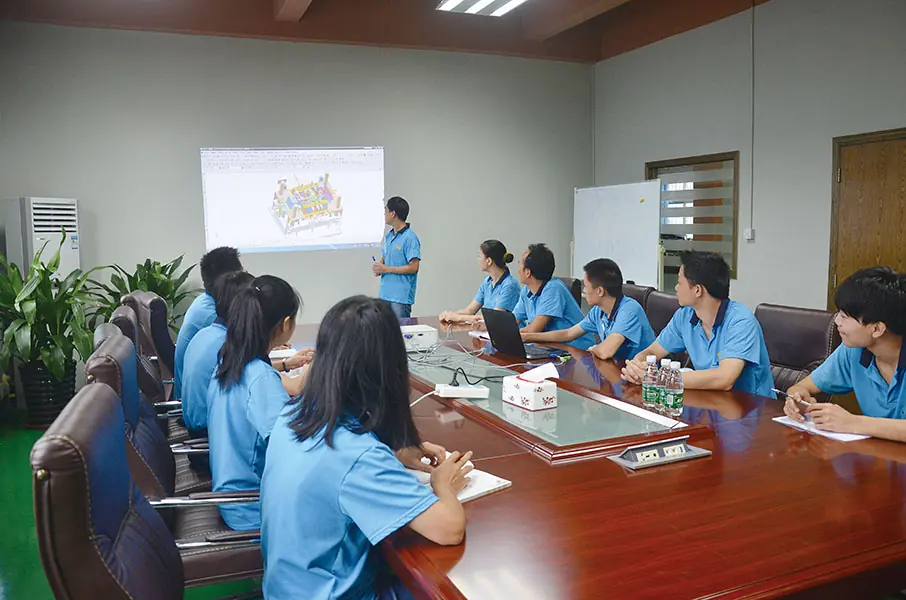
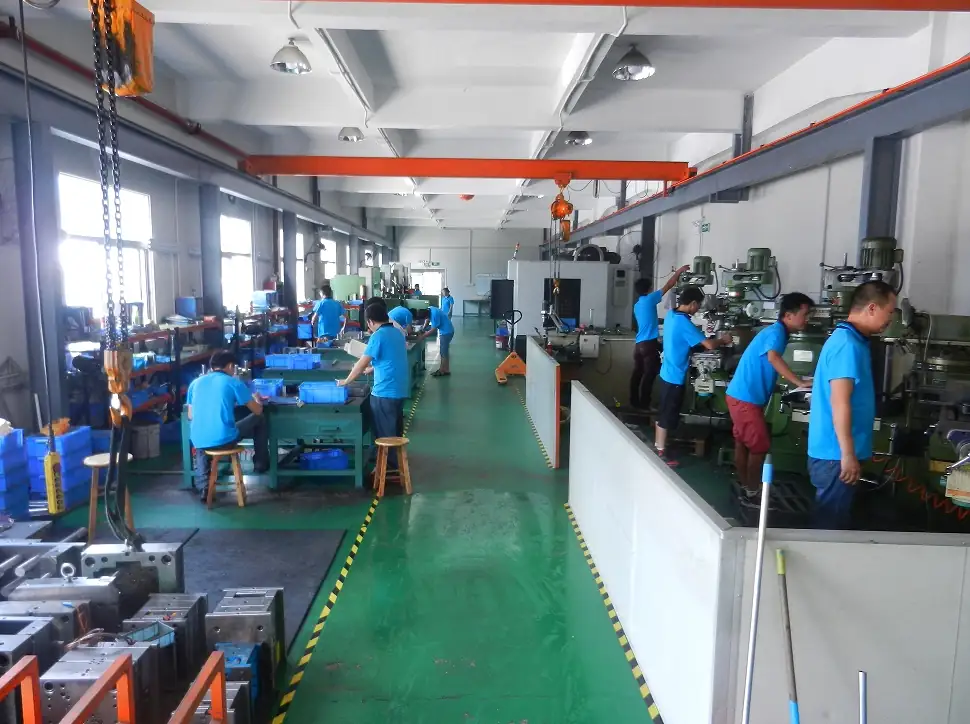
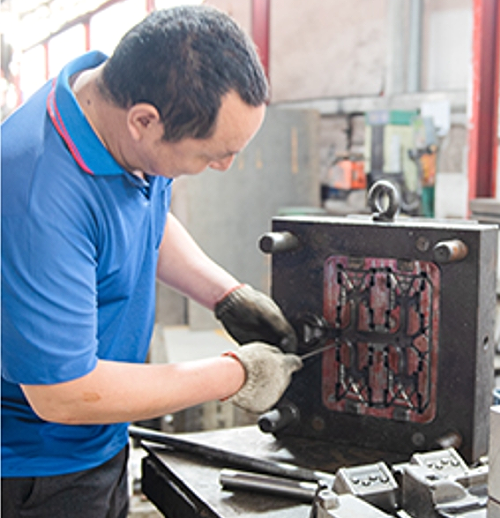
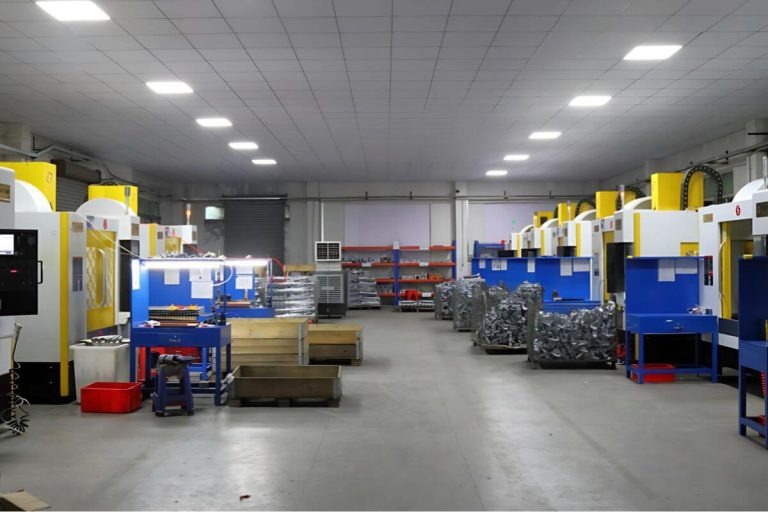
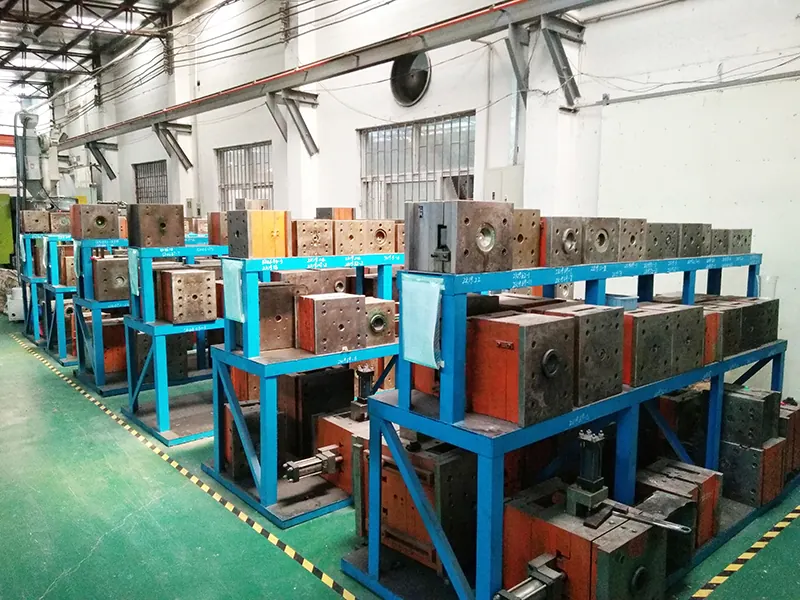
Our Multi-Slide Die Casting Services
We offer comprehensive Multi-Slide Die Casting (MSDC) solutions designed to produce complex, high-precision components with exceptional efficiency and consistency. Our advanced multi-slide technology enables us to manufacture intricate parts with thin walls, fine details, and superior dimensional accuracy — ideal for high-volume production and miniature components. Our core Multi-Slide Die Casting services include:
- Custom Multi-Slide Die Casting – Precision casting for zinc and magnesium alloys, supporting complex geometries and thin-wall designs.
- DFM & Moldflow Analysis – Early design optimization to ensure manufacturability, minimize porosity, and enhance surface quality.
- Tool & Mold Design – In-house design and manufacturing of multi-slide dies for long tool life and repeatable accuracy.
- CNC Machining – Secondary precision machining to achieve tight tolerances and functional surface features.
- Surface Finishing – Wide range of options including plating, powder coating, painting, and polishing for aesthetic and protective purposes.
- Assembly & Sub-Assembly – Integration of die-cast and machined parts into complete functional assemblies.
- Quality Control & Inspection – Comprehensive inspection processes with CMM, X-ray, dimensional, and surface quality testing.
With IEC MOULD, you don’t need multiple vendors. From tooling design and multi-slide casting to finishing and assembly — everything is handled under one roof for consistent quality, faster turnaround, and optimized costs.
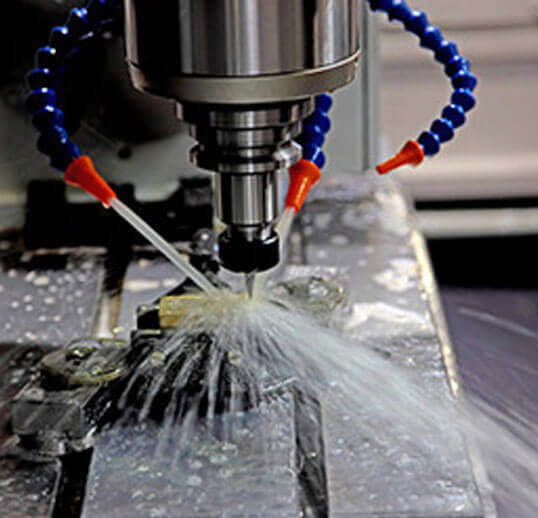
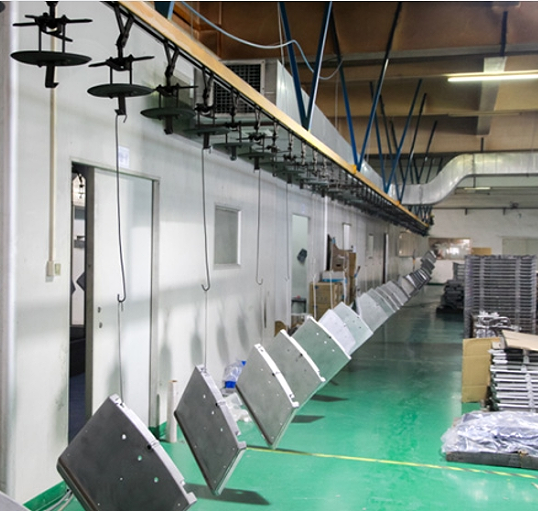
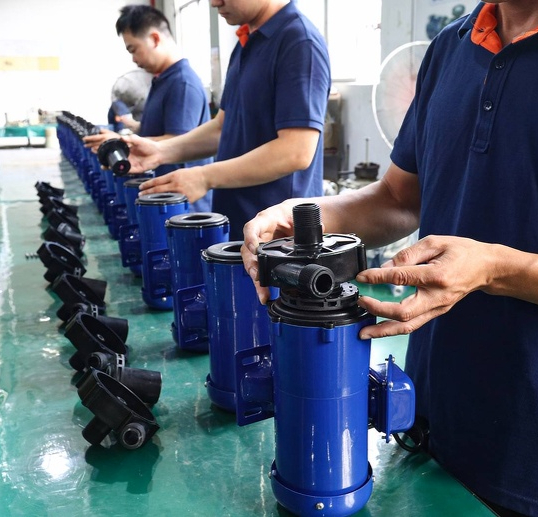
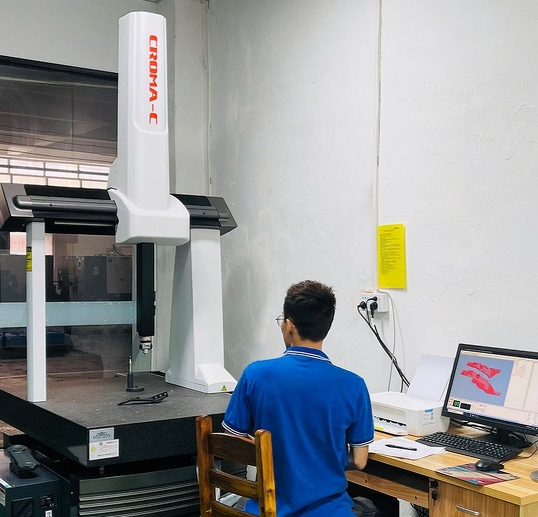
IEC Mould's Multi-Slide Die Casting Capabilities
| Details | Specifications |
|---|---|
| Tolerance | Multi-Slide Die Casting parts can achieve extremely high precision — typically up to ±0.005mm with secondary machining — making it ideal for small, intricate components requiring tight dimensional control. |
| Minimum Wall Thickness | Multi-Slide Die Casting allows ultra-thin walls as low as 0.3–0.5mm, depending on the alloy and part geometry. This capability reduces material use while maintaining structural integrity. |
| Wall Thickness Ratio | For best performance, parts should maintain a 1:2 wall thickness ratio to ensure uniform metal flow and prevent localized shrinkage or distortion. |
| Hole Diameter | Small holes below 1.5mm are not recommended in the casting stage and are typically finished by post-machining or drilling to maintain accuracy and surface quality. |
| Draft Angle | Due to the precise control of multi-slide machines, a minimum draft angle of 0.25°–0.5° is usually sufficient for smooth part ejection and long die life. |
| Maximum Die Life (Cycles) | Multi-Slide Die Casting molds for zinc alloys can achieve up to 2,000,000 cycles, depending on maintenance and alloy selection — significantly higher than conventional die casting molds. |
| MOQ (Minimum Order Quantity) | The standard MOQ for Multi-Slide Die Casting is 1,000 pieces, suitable for high-volume production of small, precision components. |
| Lead Time | Typical lead time ranges from 15–20 days, depending on tooling complexity, part geometry, and surface finish requirements. |
Multi-Slide Die Casting Parts We Manufactured
Whether you need small, intricate, high-precision components or complex multi-feature parts, our Multi-Slide Die Casting (MSDC) expertise ensures your project is produced efficiently, accurately, and with excellent surface quality.
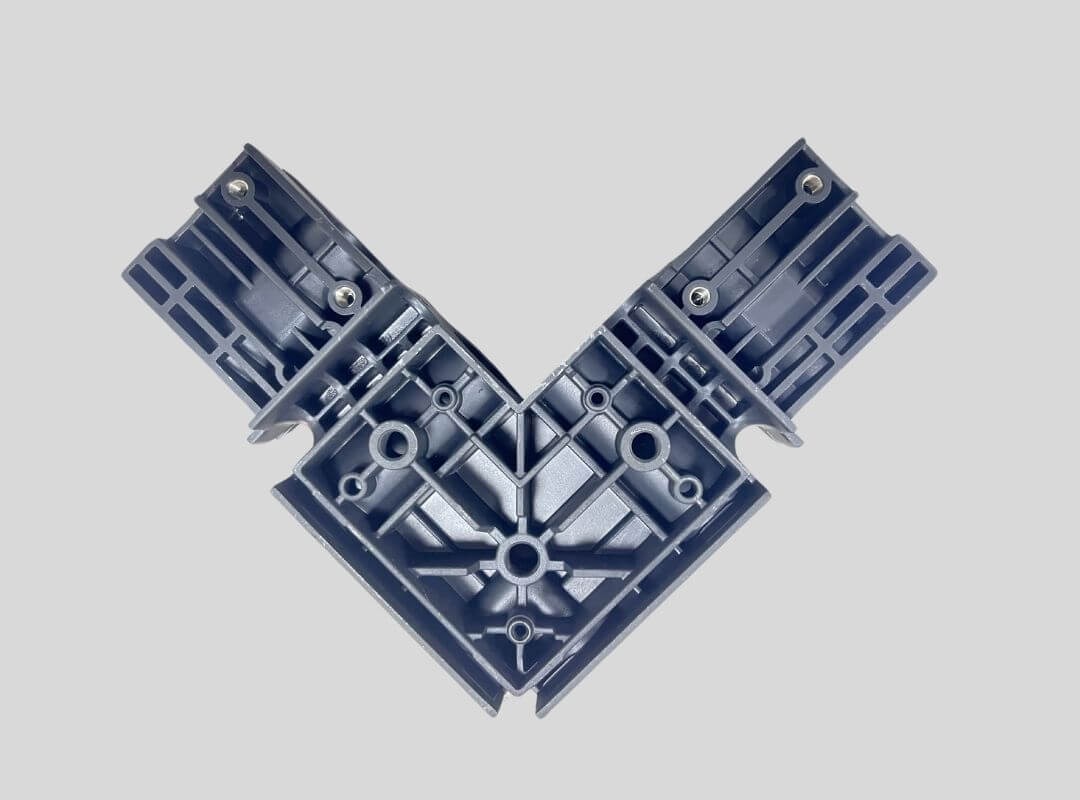
Electronics Part
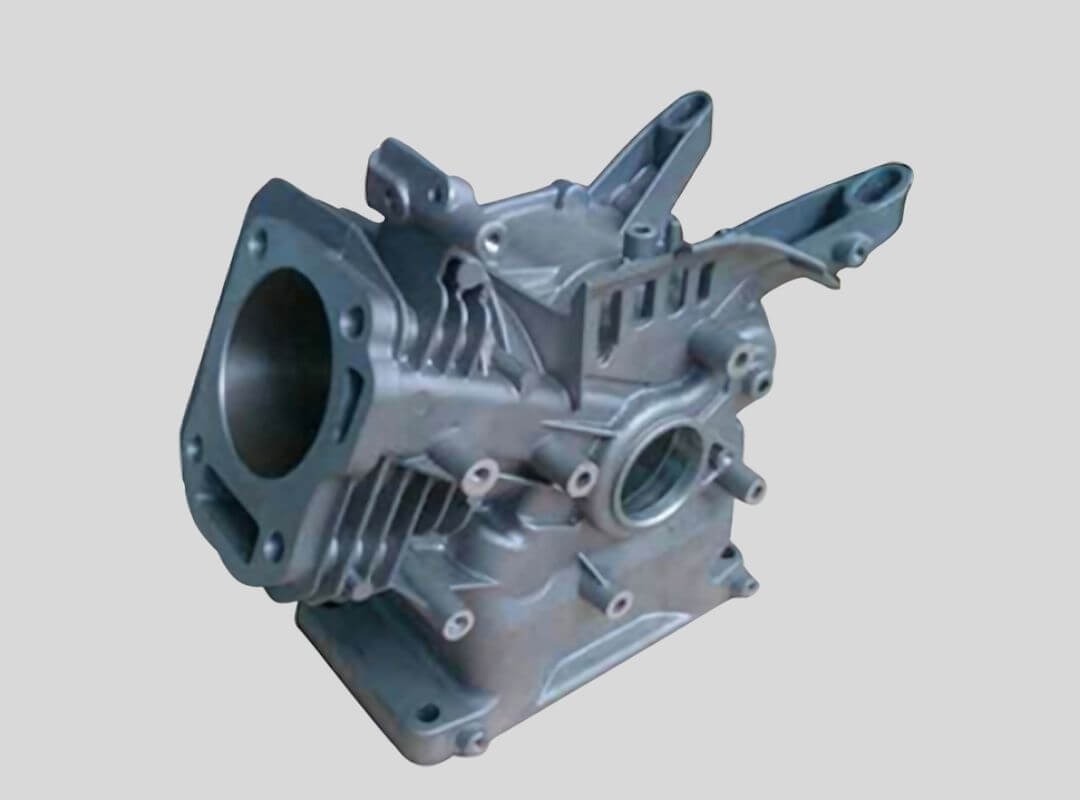
Automotive Part
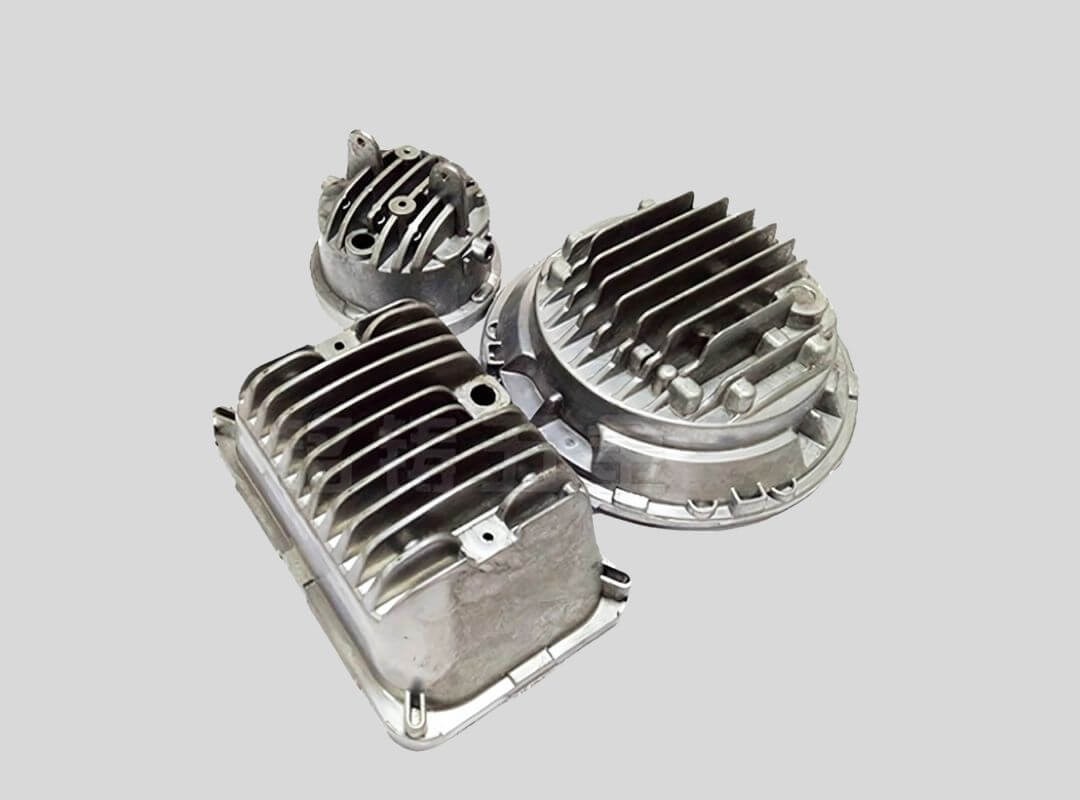
Home Appliances Part
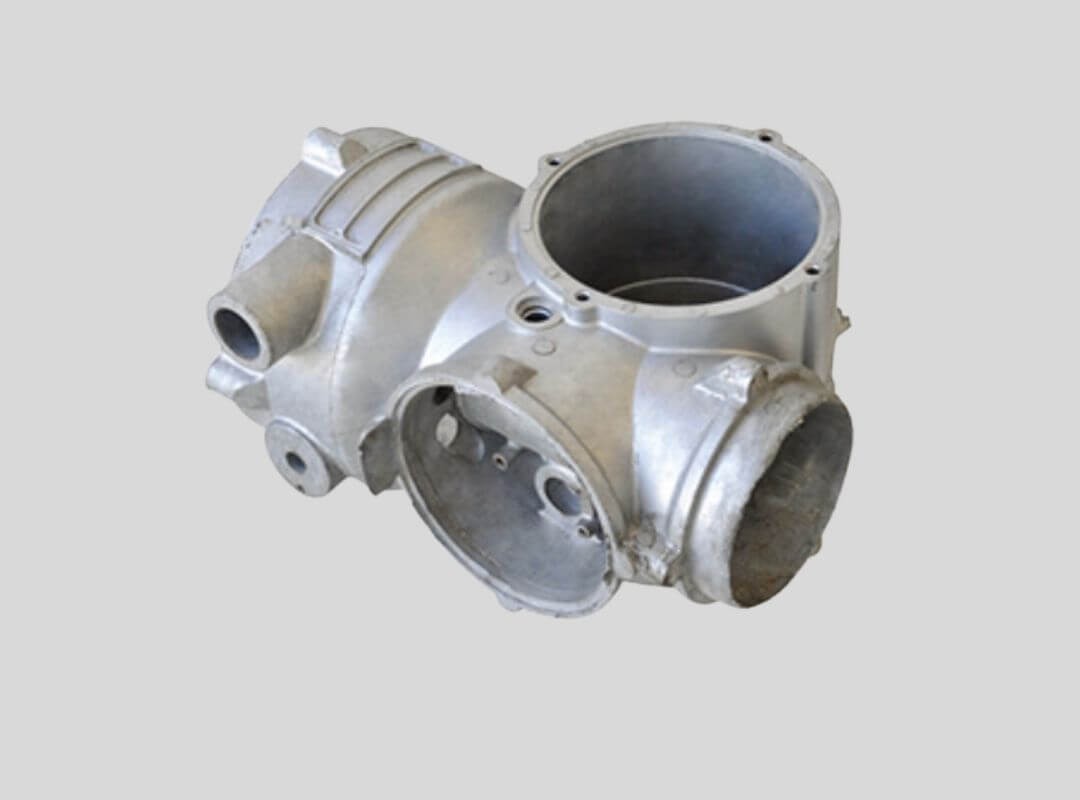
Industrial Machinery Part
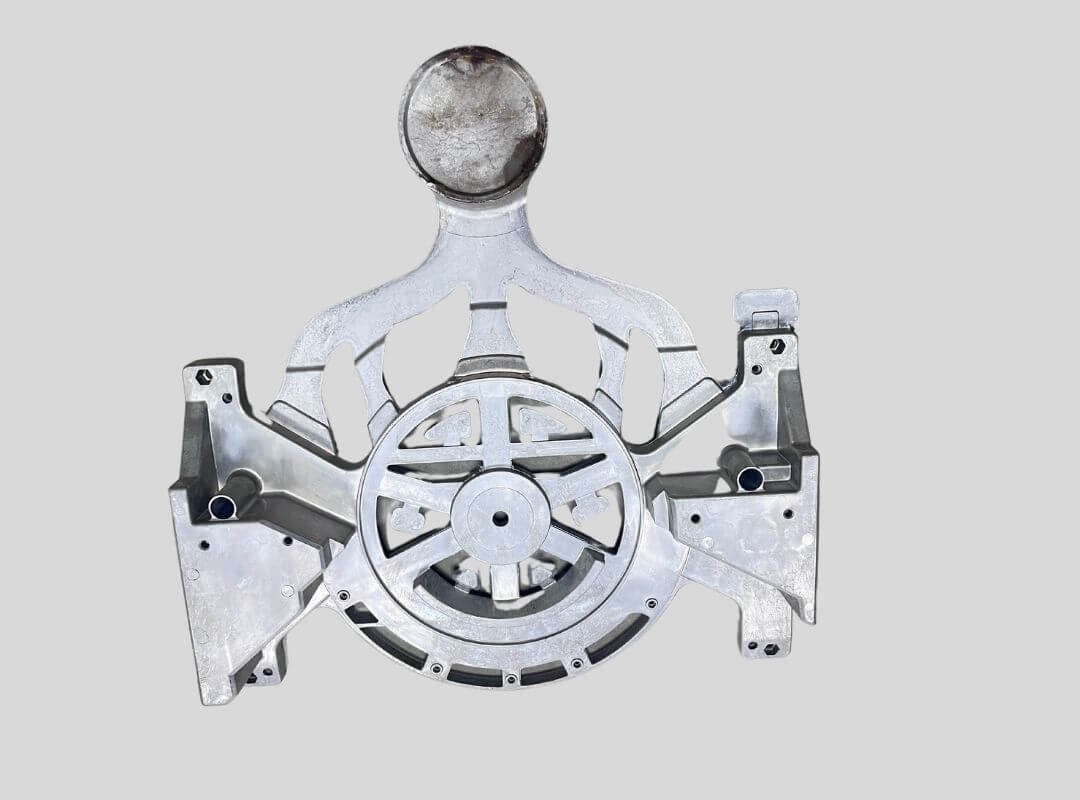
Medical Devices Part
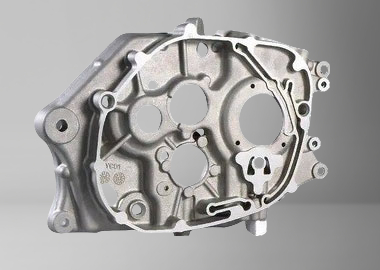
Engineering Part
Multi-Slide Die Casting materials we used
| Material | Key Features | Typical Applications | Why It Fits Multi-Slide Die Casting |
|---|---|---|---|
| Zinc Alloys (Zamak 3, Zamak 5, ZA-8, ZA-27) | Excellent dimensional accuracy, smooth surface finish, high ductility, low melting point for faster cycle times | Precision gears, connector housings, decorative hardware, consumer electronics | Perfect for small, intricate components with tight tolerances and fine details. Fast cycles make it ideal for high-volume production. |
| Magnesium Alloys (AZ91D, AM60B, AM50) | Ultra-lightweight, high strength-to-weight ratio, excellent machinability, good damping properties | Handheld devices, automotive interior parts, aerospace structural components | Ideal for thin-walled, lightweight components where precision and material reduction are critical. |
| Brass & Copper Alloys | High strength, superior corrosion resistance, excellent wear and thermal conductivity | Electrical connectors, precision mechanical parts, plumbing fittings, marine hardware | Suited for high-precision functional parts requiring conductivity, wear resistance, or corrosion resistance. |
| Specialized Zinc-Aluminum Alloys | Improved mechanical strength, corrosion resistance, and surface finish | High-end electronic components, decorative items, micro-mechanical assemblies | Allows production of complex, fine-detail parts that cannot be made easily with conventional die casting. |
| Aluminum Alloys (ADC12, A380, A383) | Lightweight, good corrosion resistance, thermal and electrical conductivity, good mechanical strength | Small housings, enclosures, automotive interior parts, electronic casings | Suitable for small-to-medium parts requiring complex geometries and dimensional accuracy under multi-slide casting conditions. |
Why Choose IEC MOULD for your Multi-Slide die casting project?
- Feature: Advanced multi-slide die casting machines, in-house tooling, CNC machining, and precision finishing.
- Advantage: Ability to produce ultra-small, intricate, and thin-walled components with tight tolerances and superior surface finish, all under one roof.
- Benefit: You save time, reduce assembly complexity, and minimize supplier coordination by relying on a single partner who can handle complex geometries that conventional die casting cannot.
- Evidence: Our multi-slide die casting capabilities are trusted by global electronics, automotive, medical, and precision instrument leaders, backed by ISO 9001 & IATF 16949 certifications, and verified through CMM, X-ray, and surface inspection systems.
Choosing IEC MOULD for multi-slide die casting means partnering with a supplier who understands high-precision engineering, complex geometries, and the efficiency demands of modern manufacturing — all while ensuring quality, reliability, and cost-effectiveness.
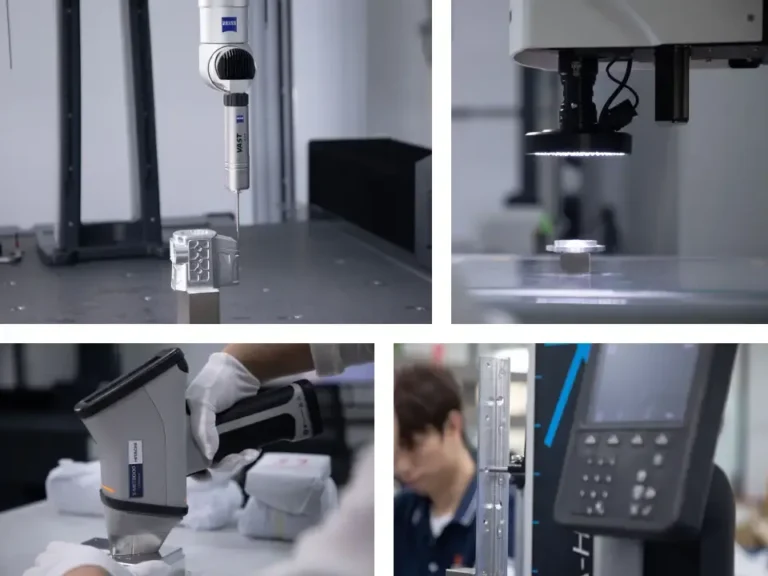
Multi-Slide Die Casting Frequently Questions & Answers
Is MSDC cost-effective for high-volume production?
Yes. Despite higher tooling costs due to complex multi-slide molds, MSDC reduces secondary operations, scrap, and cycle times, delivering a lower per-unit cost for small-to-medium precision parts at scale.
How does MSDC compare to Hot Chamber Die Casting (HCDC)?
MSDC excels at highly intricate geometries with undercuts and threads, whereas HCDC is faster for small parts with simpler shapes. Both processes achieve excellent surface finish and tight tolerances for zinc and magnesium alloys.
How fast is the MSDC process?
Cycle times are typically 10–40 seconds per shot, depending on part complexity and the number of slides. Integrated tooling reduces secondary operations and accelerates production.
What part sizes and wall thicknesses can MSDC handle?
Suitable for small-to-medium parts with wall thicknesses ranging from 0.5 mm to 2.0 mm, including intricate geometries and multi-undercut features.
What are the typical tolerances achievable?
MSDC parts can achieve ±0.02 mm to ±0.05 mm tolerance, making it ideal for precision components such as connectors, housings, gears, and miniature mechanical parts.
Can MSDC eliminate secondary machining?
Yes. Features such as threads, undercuts, and holes are often formed directly by the multi-slide tooling, reducing or eliminating the need for drilling, milling, or assembly.
Can MSDC handle multi-material or insert components?
Yes. MSDC can integrate metal inserts, threaded bushings, or other components during the casting process, reducing assembly steps and improving part strength and functionality.
Other Die Casting Technologies You May Looking for
What is Multi-Slide Die Casting (MSDC)?
Multi-Slide Die Casting is an advanced form of hot chamber die casting that uses four (or more) slides moving simultaneously to form highly intricate geometries in a single cycle. Unlike conventional two-slide systems, multi-slide tooling enables the production of parts with undercuts, holes, threads, and thin walls that would normally require multiple machining steps.
In this process, molten zinc or magnesium alloy is injected into a precisely engineered die, while independent slides form complex features directly within the casting cycle. This eliminates the need for secondary operations such as drilling, milling, or assembly, resulting in faster production, reduced costs, and superior dimensional accuracy (up to ±0.02 mm).
Compared with traditional hot chamber die casting, multi-slide die casting offers greater design flexibility, tighter tolerances, and shorter lead times for small-to-medium sized precision components. The process also produces excellent surface finishes, making parts ready for plating, coating, or painting without extensive post-processing.
Because of its speed, precision, and efficiency, multi-slide die casting is widely used in industries such as automotive, electronics, medical devices, telecommunications, and consumer products, where small, complex, and high-volume components are required.
Why Choose Multi-Slide Die Casting (MSDC)?
- Ultra-High Precision – Multi-Slide Die Casting achieves tight tolerances up to ±0.005mm, making it ideal for small, intricate, and highly detailed components.
- Complex & Miniature Geometries – The multi-slide mechanism allows for undercuts, fine ribs, and intricate features that are difficult or impossible to achieve with conventional die casting.
- Thin-Wall Capability – Supports ultra-thin walls down to 0.3–0.5mm, enabling lightweight parts without compromising strength or dimensional stability.
- Excellent Surface Finish – Parts typically require minimal post-processing, providing smooth surfaces suitable for both functional and decorative applications.
- Fast & Efficient Production – Multi-Slide Die Casting is highly suitable for high-volume micro-components, combining rapid cycle times with consistent quality for cost-effective manufacturing.
How Multi-Slide Die Casting Works?
Multi-Slide Die Casting (MSDC) is an advanced hot chamber die casting process designed for producing small, intricate, and high-precision components. Unlike conventional die casting, which typically uses two slides, MSDC utilizes four or more perpendicular slides that move simultaneously. This unique tooling design allows complex geometries — including undercuts, holes, threads, and thin walls — to be formed in a single cycle without secondary machining. Here is a step-by-step breakdown of how Multi-Slide Die Casting works:
Step 1: Mold Preparation and Preheating
- Clean and preheat the multi-slide die to 150–250°C.
- Reduces thermal shock and prevents cracking.
- Ensures smooth metal flow, dimensional stability, and high surface quality.
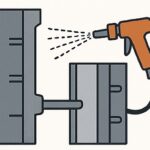
Step 3: Metal Injection into the Die
- Molten metal is injected under controlled pressure into the die cavity.
- Multiple slides move simultaneously to form intricate features.
- Minimizes turbulence and ensures complete filling of thin walls and undercuts.
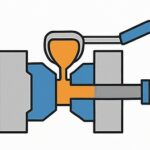
Step 5: Solidification Under Pressure
- Maintain pressure as the metal cools and solidifies.
- Prevents shrinkage, warping, and ensures consistent mechanical properties.
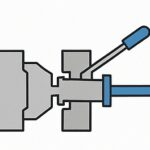
Step 7: Flash Removal & Trimming
- Remove flash, runners, and gates.
- Parts reach near-net shape, minimizing secondary finishing.
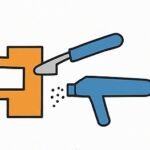
Step 2: Molten Metal Preparation
- Melt zinc or magnesium alloy in the integrated furnace.
- Maintain precise temperature to avoid oxidation.
- Guarantee consistent fluidity for accurate injection.
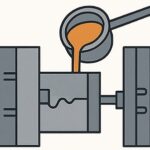
Step 4: High-Pressure Filling & Feature Formation
- Force molten alloy into every cavity while slides form detailed features.
- Captures complex geometries with tight tolerances (up to ±0.02 mm).
- Reduces porosity and ensures excellent surface finish.
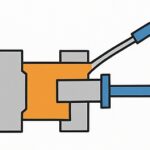
Step 6: Die Opening & Part Ejection
- Retract slides and open the die.
- Eject solidified part carefully to prevent damage.
- Inspect for visible defects before further processing
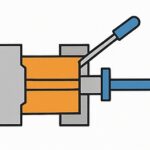
Step 8: CNC Machining, Finishing & Inspection
- Machine critical surfaces if required.
- Conduct quality checks: X-ray, leak tests, CMM, and dimensional reports.
- Ensure all components meet specifications and industry standards.

Advantages of Multi-Slide Die Casting
| Advantage | For Engineers | For Procurement Teams | For Quality Control (QC) |
|---|---|---|---|
| Complex Geometries | Produce undercuts, holes, threads, and thin walls in a single cycle. | Reduces need for secondary machining, saving cost and lead time. | Ensures consistent production of intricate features with minimal defects. |
| Ultra-High Precision (±0.02 mm) | Achieve tight tolerances for micro and small parts. | Minimizes scrap and machining, lowering overall production cost. | Improves repeatability and measurement accuracy for every batch. |
| Reduced Secondary Operations | Integrated slides form complete features without extra machining. | Cuts labor and material costs, accelerates delivery. | Fewer handling steps reduce potential for defects. |
| Fast Cycle Times | Multi-slide automation accelerates production for small-to-medium parts. | Higher throughput reduces per-unit labor cost. | Shorter cycles make quality inspections easier and more consistent. |
| Material & Design Flexibility | Supports zinc and magnesium alloys with lightweight, strong designs. | Expands sourcing options for cost-effective materials. | Stable process ensures consistent alloy quality. |
| Excellent Surface Finish | Near-net-shape parts often ready for plating or coating. | Minimizes finishing operations, saving time and cost. | Smooth surfaces simplify detection of cosmetic or dimensional defects. |
| Reduced Material Waste | Optimized gating and slide movements minimize scrap. | Lower material cost and improved yield. | Less variation in part quality due to reduced metal rework. |
| Ideal for High-Volume Small Parts | Economical for producing millions of complex small components. | Lower cost per unit at scale. | Maintains stable quality across large production batches. |
Disadvantages of Multi-Slide Die Casting
| Disadvantage | For Engineers | For Procurement Teams | For Quality Control (QC) |
|---|---|---|---|
| High Initial Tooling Cost | Multi-slide molds are complex and expensive to design and manufacture. | Larger upfront investment may impact budget planning. | QC must ensure molds are correctly built to avoid part defects. |
| Limited Part Size | Multi-slide machines are typically restricted to small-to-medium components. | Not suitable for large structural parts, limiting sourcing options. | Larger parts may require different processes, complicating QC planning. |
| Complex Mold Maintenance | Multi-slide molds have many moving parts, requiring careful maintenance to avoid failures. | Higher maintenance costs and potential downtime can affect production schedules. | Frequent checks needed to ensure mold wear does not cause defects. |
| Alloy Restrictions | Primarily suitable for zinc and magnesium alloys; not ideal for aluminum or copper in multi-slide setups. | May limit material sourcing for specific applications. | QC must monitor alloy consistency closely for small features. |
| Longer Design Lead Time | Mold design and slide movement optimization can be time-consuming. | Extended lead times may affect project delivery planning. | Delays in design validation may postpone batch quality approval. |
| High Complexity for Large Volumes of Large Parts | Multi-slide machines excel at small, intricate parts but are not efficient for very large components. | For larger parts, alternative die casting or HPDC may be more cost-effective. | QC may need different inspection protocols if multiple processes are used. |
| Potential for Mechanical Misalignment | Multiple slides increase the risk of misalignment if not properly calibrated. | Misalignment can lead to scrap or rework, increasing cost. | QC must carefully monitor slide synchronization to ensure dimensional accuracy. |
Multi-Slide Die Casting vs Other Die Casting Technologies

| Feature | Multi-Slide Die Casting (MSDC) | Hot Chamber Die Casting (HCDC) | Cold Chamber Die Casting (CCDC) | Gravity Die Casting | Sand Casting |
|---|---|---|---|---|---|
| Suitable Alloys |   Zinc, Magnesium (small complex parts) Zinc, Magnesium (small complex parts) |   Zinc, Magnesium, Lead Zinc, Magnesium, Lead |   Aluminum, Copper, Brass Aluminum, Copper, Brass |   Most non-ferrous alloys Most non-ferrous alloys |   Most metals Most metals |
| Complex Geometries |   Undercuts, holes, threads, thin walls Undercuts, holes, threads, thin walls |   Limited by slide design Limited by slide design |   Limited Limited |   Limited Limited |   Difficult Difficult |
| Filling Pressure |  High (up to 1000+ bar) High (up to 1000+ bar) |  High (up to 1000+ bar) High (up to 1000+ bar) |  High (up to 1500+ bar) High (up to 1500+ bar) |  Gravity only Gravity only |  Gravity only Gravity only |
| Dimensional Accuracy |      (±0.02 mm) (±0.02 mm) |      (±0.05–0.1 mm) (±0.05–0.1 mm) |      (±0.1 mm) (±0.1 mm) |    |   |
| Surface Finish |      Smooth, near-net-shape Smooth, near-net-shape |      Smooth, Ra 1.6–3.2 μm Smooth, Ra 1.6–3.2 μm |     |    |   |
| Secondary Operations |   Minimal; integrated slides form features Minimal; integrated slides form features |   Minimal; good for thin walls Minimal; good for thin walls |   Some machining often required Some machining often required |   Machining required Machining required |   Extensive finishing required Extensive finishing required |
| Part Size Capability |  Small to Medium Small to Medium |  Small to Medium Small to Medium |  Medium to Large Medium to Large |  Medium to Large Medium to Large |  Large Large |
| Ideal For |  Small, intricate, high-volume precision parts (connectors, housings, gears) Small, intricate, high-volume precision parts (connectors, housings, gears) |  Small, intricate, high-volume parts Small, intricate, high-volume parts |  Structural parts, housings, engine components Structural parts, housings, engine components |  Medium-complexity shapes Medium-complexity shapes |  Large prototypes or low-volume parts Large prototypes or low-volume parts |
Multi-Slide Die Casting (MSDC) Applications
| Industry | Icon / Image | Typical Components | Why Multi-Slide Die Casting Fits |
|---|---|---|---|
| Consumer Electronics |  | Small connectors, phone frames, camera housings, smartwatch components | Perfect for intricate zinc or magnesium parts with thin walls, threads, and undercuts, achieving tight tolerances and smooth finishes for lightweight, compact designs. |
| Automotive & E-Mobility |  | Door lock housings, seat belt buckles, EV charger components, sensor housings | Supports mass production of small, high-precision safety and functional parts with excellent strength-to-weight ratio and complex geometries. |
| Household Appliances |  | Blender gears, coffee machine frames, vacuum cleaner parts | Enables rapid, cost-effective production of small, detailed, and corrosion-resistant components for everyday devices. |
| Electrical & Lighting |  | Switch housings, LED brackets, lamp mounts | Produces dimensionally stable, thermally conductive components with intricate features and smooth surfaces for electrical and lighting applications. |
| Locks & Hardware |  | Precision hinges, window latches, door lock parts | Allows detailed undercuts, threads, and textures in high volumes with minimal secondary operations. |
| Medical Devices |  | Dental tool housings, surgical instrument handles, infusion pump parts | Supports production of small, precise, and smooth-surfaced components critical for medical-grade quality and reliability. |
| Sporting Goods |  | Fishing reel bodies, golf club heads, bicycle brake levers | Creates lightweight, high-strength components with refined detailing for performance equipment. |
| Toys & Hobby Models |  | Model car bodies, miniature gears, game console shells | Enables cost-efficient production of complex, detailed parts with smooth finishes for hobby and entertainment products. |
| Industrial Tools |  | Pneumatic tool housings, gear covers, precision brackets | Delivers wear-resistant, high-strength parts that can withstand repeated industrial use and intricate designs. |
Multi-Slide Die Casting (MSDC) Common Technical Specifications
Injection Mechanism: Multi-Slide Die Casting uses multiple coordinated slides to inject molten metal simultaneously into intricate cavities. This allows complex features, undercuts, and thin walls to be formed in a single cycle.
Cycle Time: Cycle times are fast for small-to-medium components, typically ranging from 15 to 60 seconds depending on part complexity. This enables high-volume production of micro-components with consistent quality.
Alloy Selection: MSDC is most commonly used with zinc alloys (Zamak series) and magnesium alloys (AZ91D, AM60, AM50). These materials offer high ductility, lightweight performance, excellent surface finish, and corrosion resistance, ideal for precision micro-components.
Wall Thickness: Multi-Slide Die Casting is capable of ultra-thin walls, as low as 0.3–0.5 mm, making it perfect for miniature, intricate, and lightweight components.
Tolerances: MSDC achieves extremely tight tolerances (±0.005 mm to ±0.02 mm), providing exceptional dimensional accuracy for micro-mechanical assemblies, electronic housings, and precision consumer devices.
Multi-Slide Die Casting (MSDC) Common Challenges and Solutions
Mold Complexity & Wear: Multi-Slide Die Casting molds are highly complex, with multiple moving slides and cores. Wear and misalignment can occur if molds are not carefully maintained. Regular inspection, lubrication, and precise calibration are essential to extend mold life and ensure consistent part quality.
Defects & Porosity: Although MSDC achieves very low porosity compared to conventional die casting, shrinkage or incomplete filling can still occur in ultra-thin or intricate areas. Using optimized slide design, controlled injection, and proper cooling minimizes defects. Non-destructive testing methods such as CMM, X-ray, and visual inspection help ensure every part meets tight specifications.
Tooling Costs: The initial tooling cost for multi-slide molds is high due to the complexity and precision required. However, this is offset by high-volume efficiency, minimal secondary operations, and superior precision, making MSDC cost-effective for small, intricate parts over large production runs.
Process Complexity: The multiple slides and synchronized movements require experienced engineers for mold design and process setup. Any misalignment can affect part accuracy or surface finish, so skilled operation and process monitoring are critical.
Get in touch with us
Contact our experts and we will provide you quotation, DFM, Moldflow for your High Die Casting Part.
- yoyo@iec-mould.com
- 86 13712993487
- 86 13712993487
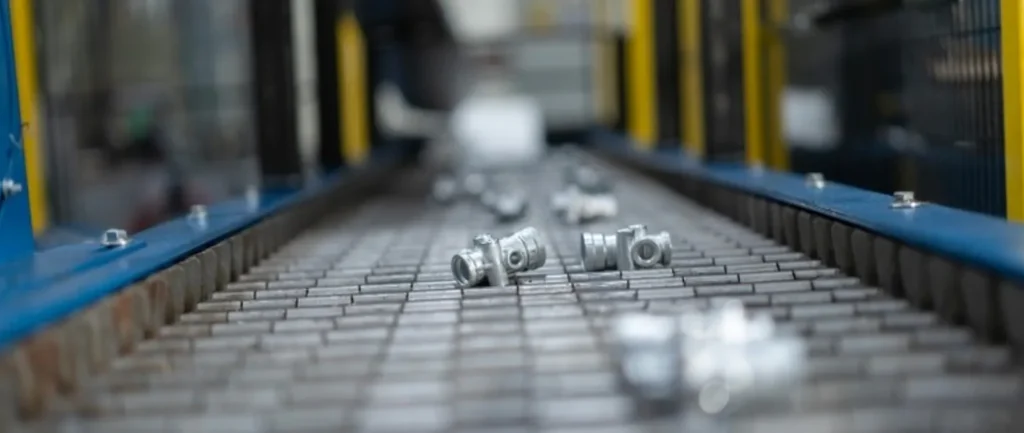
*Our team will answer your inquiries within 24 hours.
*Your information will be kept strictly confidential.

